Here’s the coronavirus death toll through May 27. France looks pretty good. Sweden looks kind of dicey.
The raw data from Johns Hopkins is here. The Public Health Agency of Sweden is here.
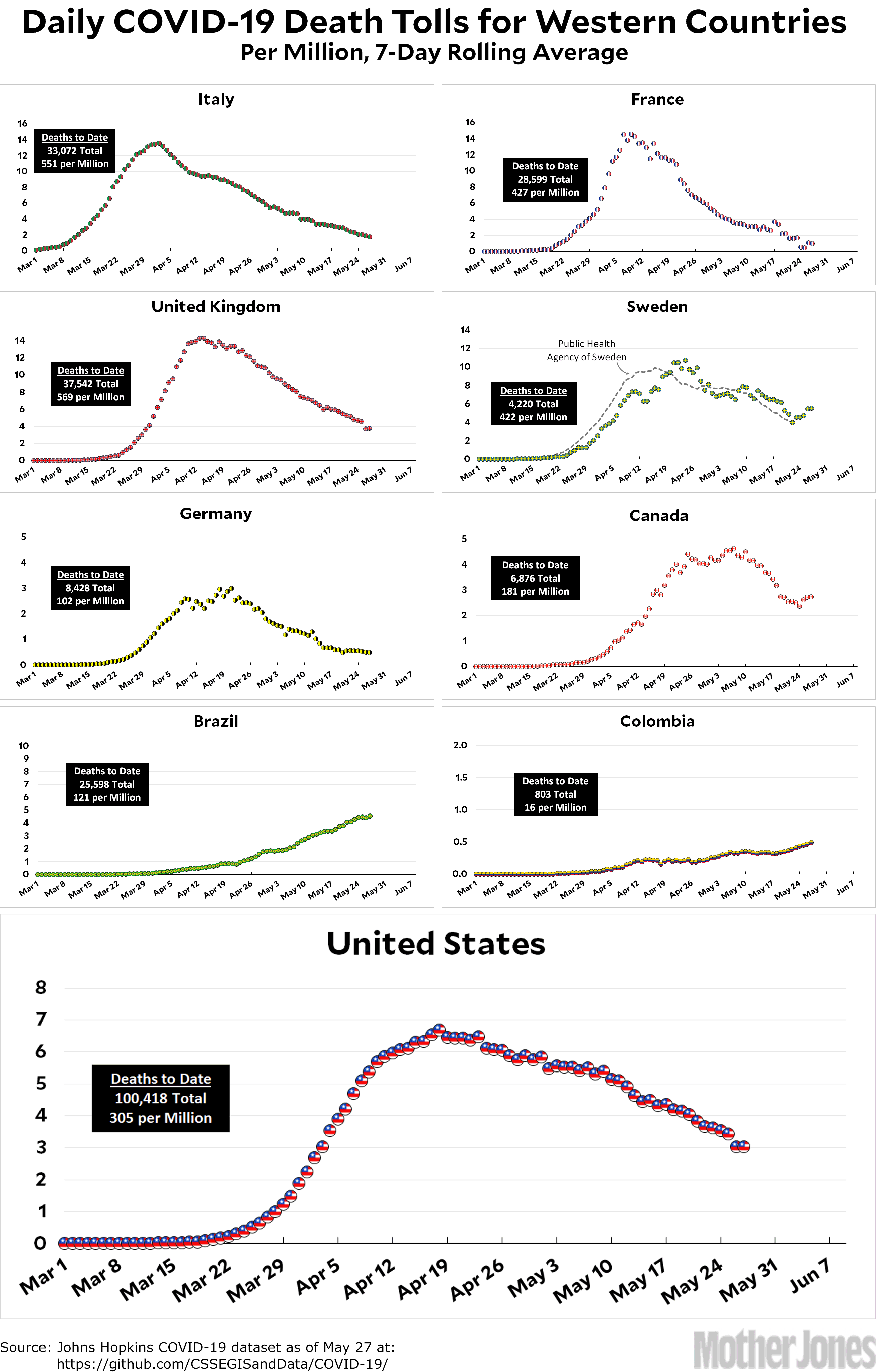

I’ve basically been asleep all day, but I see that the nitwit-in-chief has been busy:
President Trump is preparing to sign an executive order Thursday that could open the door for federal officials to try to penalize Facebook, Google and Twitter for the way they moderate content on their sites, according to two people familiar with the matter, opening a major rift between Washington and Silicon Valley with potentially dramatic free-speech implications.
This is, of course, just another shiny bauble. The president has no authority to penalize anyone for the way they moderate content and everyone in the White House knows it. But what better way to get reporters and editors in a lather than to make threats related to free speech? Trump will get headlines galore for this, and that’s all he cares about.
What’s this? It’s a big, fat raindrop on the passenger window of my car. If you look closely, you can see cars lining up for the Jiffy Lube.
But shouldn’t the image be upside down? Of course it should. But I flipped it so the palm trees didn’t look like they were falling from the sky.
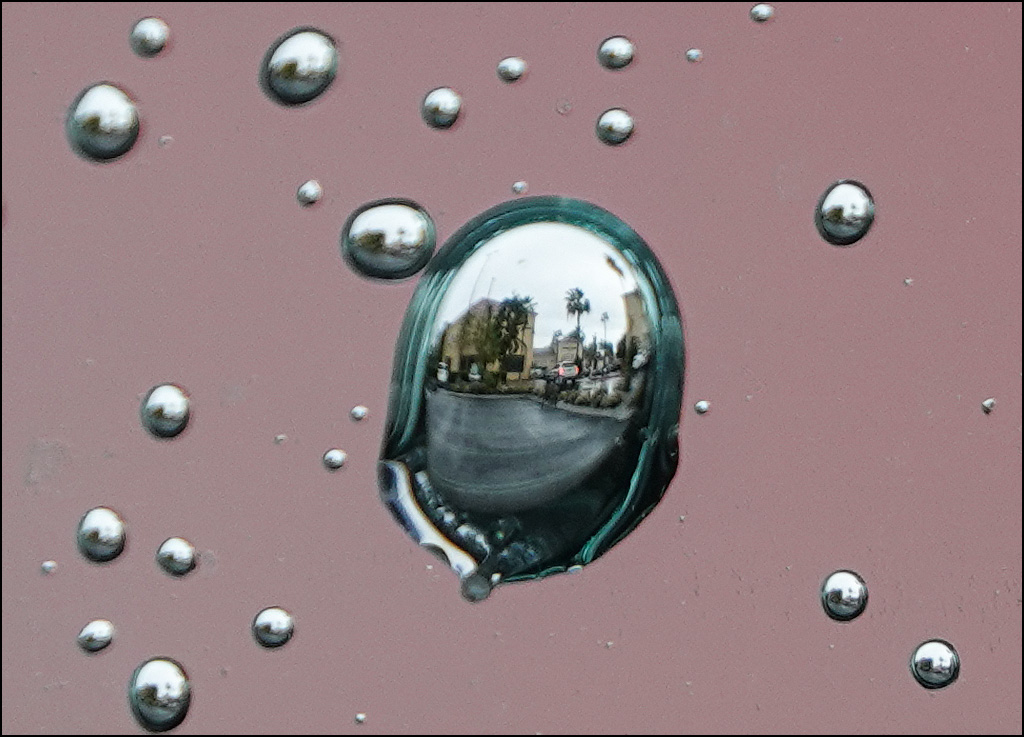
Astronauts Doug Hurley (front) and Bob Behnken are strapped in and ready to go for their trip to the ISS space station:

Liftoff is scheduled for 4:33 Eastern time, weather permitting. If it proceeds as planned, it will be the first crewed American space launch in nearly a decade. A live feed is here.
Last year I wrote about how the testing of sewage sludge in Flint could shed light on the evolution of lead levels in its water. But it turns out that sewage sludge can do more: you can test the sludge for coronavirus too. A team of Yale researchers did this in New Haven and came up with this:
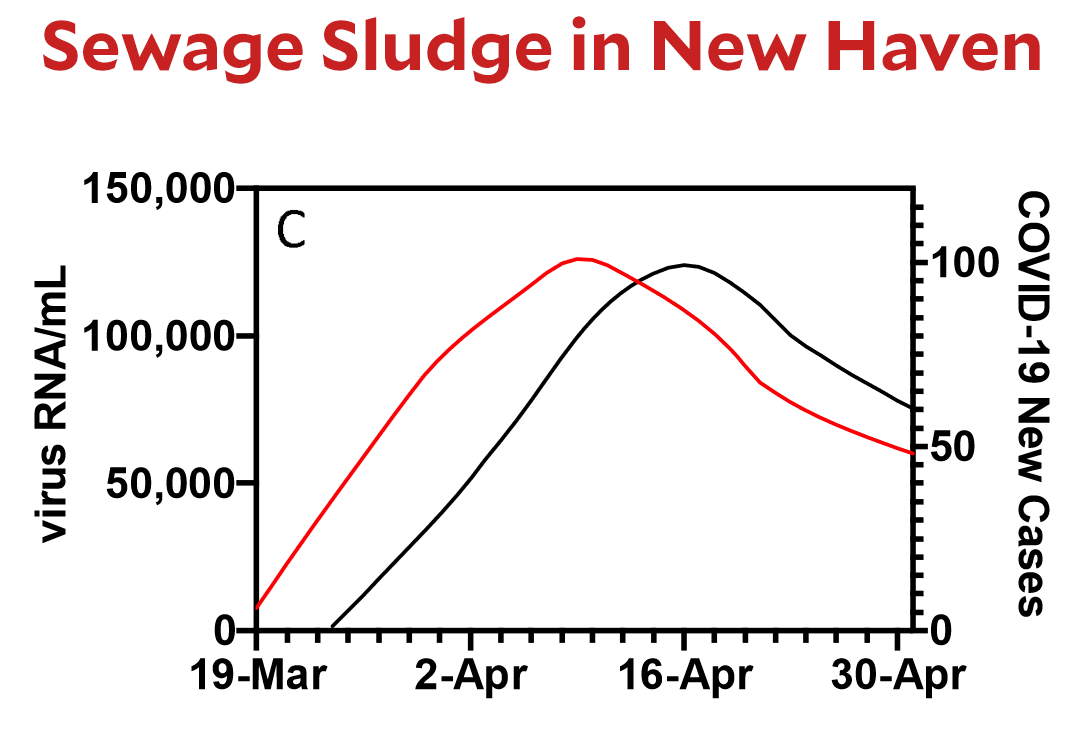
The red line shows the concentration of coronavirus in sewage sludge. The black line shows the number of new COVID-19 cases. It’s a perfect fit with a lag of about one week.
It’s not clear how useful this result is, but anything that gives an early warning of coronavirus infections allows public health officials a head start on countermeasures. It won’t stop the spike in cases, but it might reduce the length of the spike if countermeasures are put in place a week earlier than they otherwise would.
Here’s the coronavirus death toll through May 26. The US continues to decline substantially. We’ve averaged only 600 deaths daily over the past three days. Elsewhere, the message seems to be that after you’ve made good progress for about six weeks, it gets harder to keep making steady progress. I’m not quite sure why that is.
The raw data from Johns Hopkins is here. The Public Health Agency of Sweden is here.
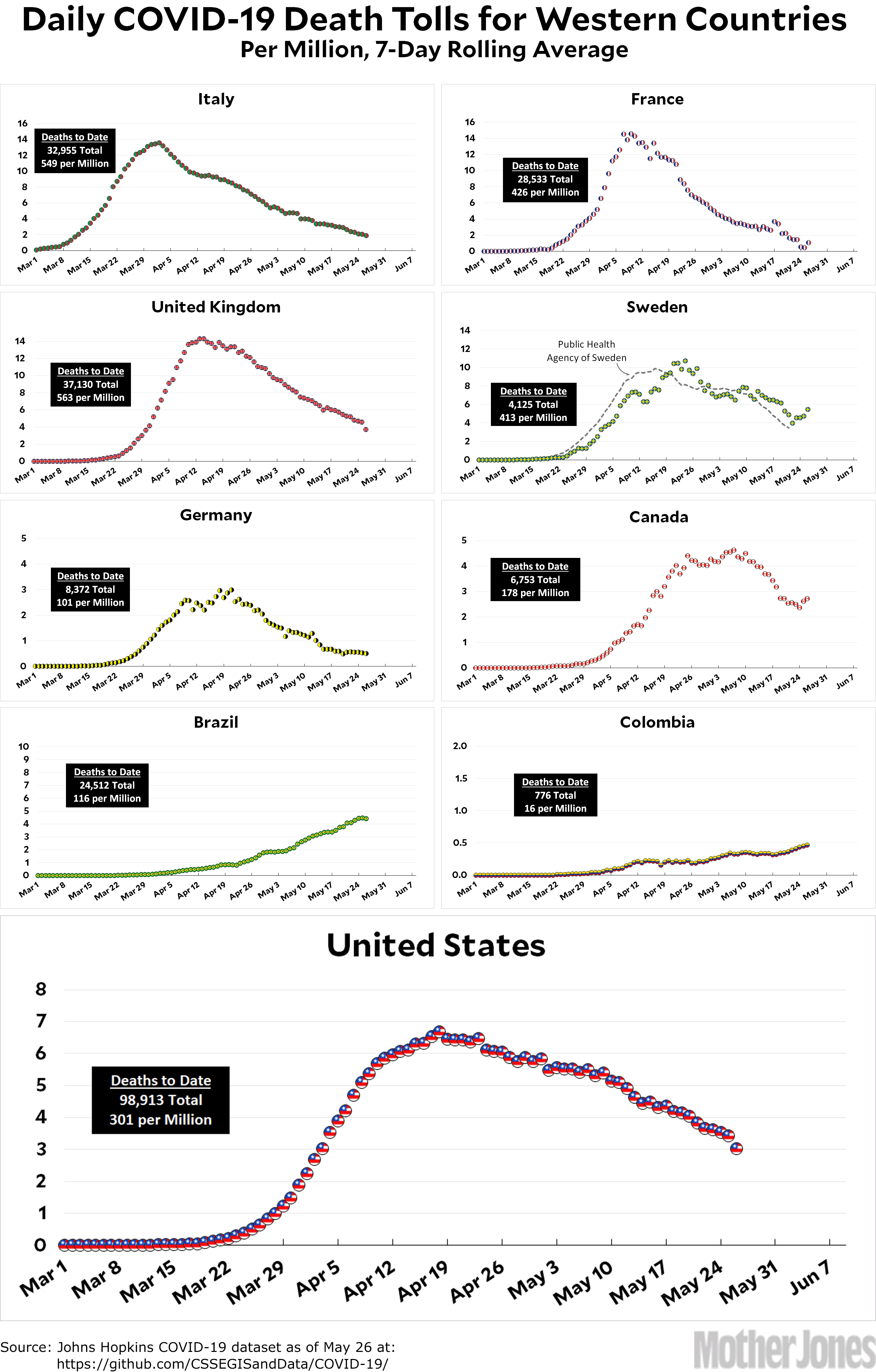
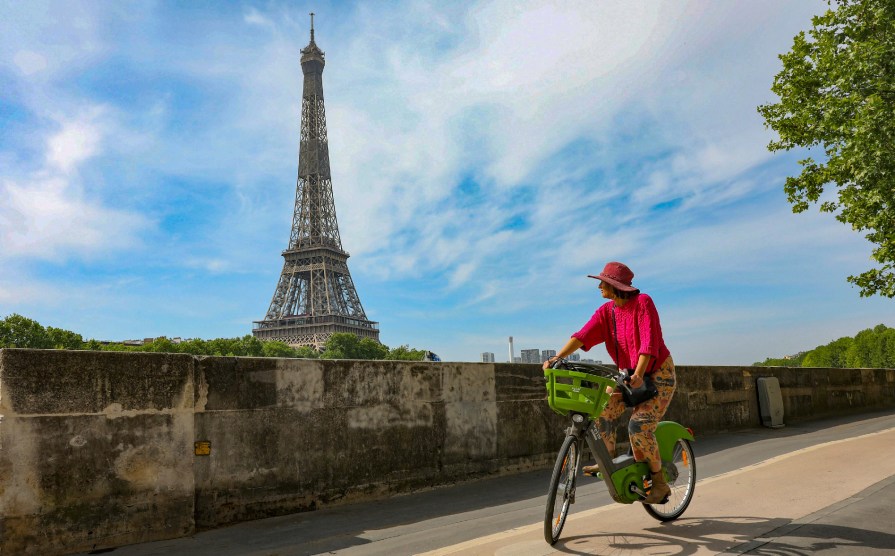
Maxppp via ZUMA
On Earth-2, Kevin and Marian are at LAX preparing to board a 787 for a vacation to Paris. Our first long vacation since Ireland in 2017! And it would be Marian’s first time in Paris, sort of, since her only other trip was 25 years ago and wasn’t that great.
Sadly, here on Earth Prime there is no vacation in sight. Instead, we are sitting at home waiting for Air France to refund our tickets. They haven’t done it yet thanks to the “huge volume of refund requests” or some other lame excuse, but I’m sure they’ll pony up soon enough.
Tonight we shall dine on steak frites and sing La Marseillaise. Yippee.
NOTE: The first idiot to note that this a “first world problem” or that I should stop whining because lots of people can’t afford to go to Paris in the first place will be banned for life both here and throughout the entire internet. Don’t bait me. I have the power to make this happen.
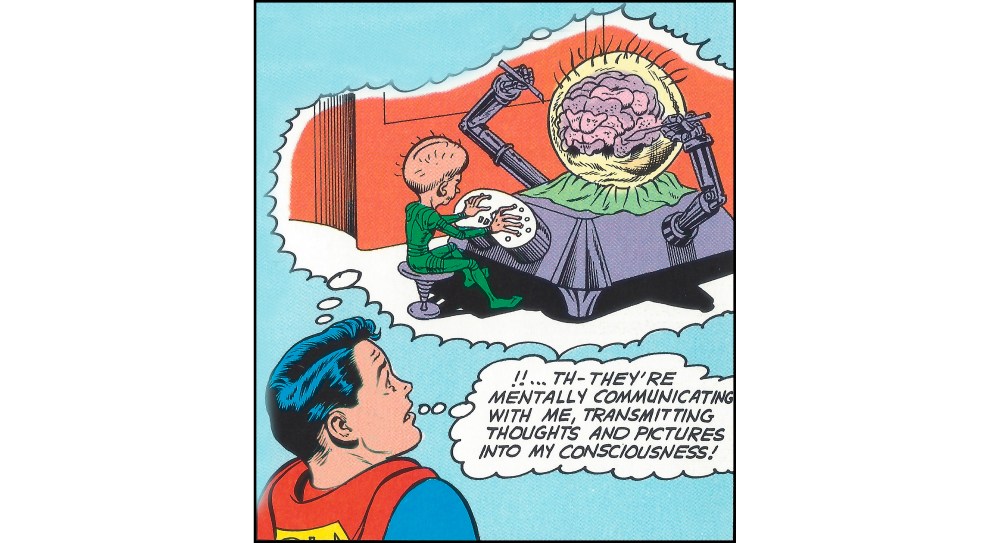
Is this the future of higher education?DC Comics
The New York Times writes today about online higher education:
Coursera, Udacity and edX sprang up nearly a decade ago as high-profile university experiments known as MOOCs, for massive open online courses. They were portrayed as tech-fueled insurgents destined to disrupt the antiquated ways of traditional higher education. But few people completed courses, grappling with the same challenges now facing students forced into distance learning because of the pandemic. Screen fatigue sets in, and attention strays.
The sites even became a punchline among academics: “Remember the MOOCs?”
Online higher education. Let’s suppose we can figure out the magic bullet that makes it work. “The instructional ingredients of success,” says the Times, “include short videos of six minutes or less, interspersed with interactive drills and tests; online forums where students share problems and suggestions; and online mentoring and tutoring.”
Fine. But now game this out. What happens if high-quality online classes become widely available and are accepted as the equivalent of in-person classes? A few things:
This is just a short list of things that would be likely to happen if online higher education became the norm. Would it work? Is the social aspect of higher education overrated? Or would we find out that people want Harvard to continue existing because they want the prestige of being a Harvard grad, no matter how much it costs? Would in-person via online become the new snooty way of saying you went to college “near Boston”?
For what it’s worth, I think the social aspect of learning is pretty important, and this will push hard against the growth of online education. But that’s a pretty tentative belief.
When I first saw this late at night on Highway 98 in northern Arizona I felt a distinct Close Encounters vibe. However, as I got closer it finally revealed itself as . . . just an ordinary power generating station. When I drove past, I saw that it was, specifically, the Navajo Generating Station, a coal-fired plant built in the ’70s on land leased from the Navajo Nation. However, shale gas eventually made it uneconomic to operate, and last year it ceased operation. For now, though, the lights are still on.

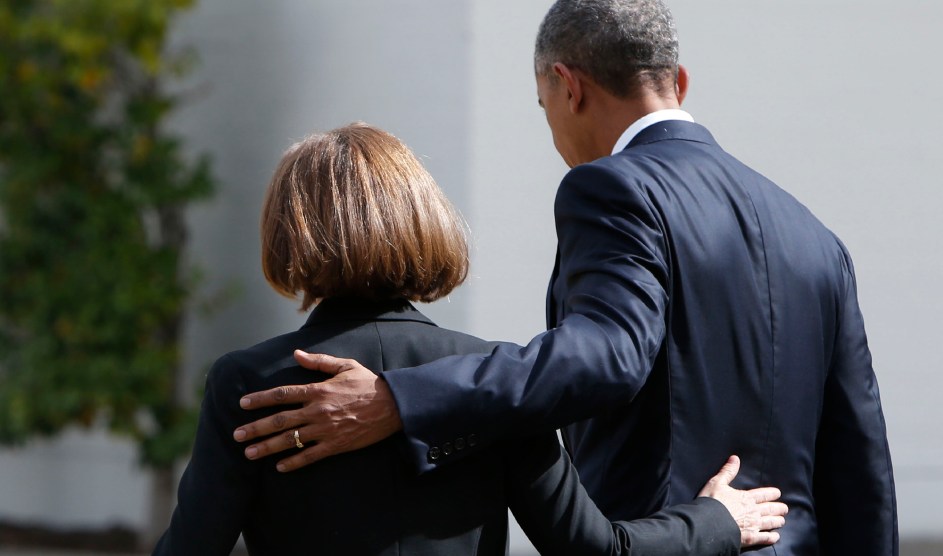
Oregon Gov. Kate Brown with President Barack Obama after the Roseburg school shooting in 2015.Andy Nelson/The Register-Guard via ZUMA
Who should Joe Biden choose as his vice president? Jonah Goldberg—one of the few honest-to-God Never Trumpers out there—correctly points out that running mates are no longer needed to “round out” a presidential candidate. This means Biden doesn’t need to pick someone who can help with a particular state or a particular demographic. “The first thing to remember about vice presidential picks,” Goldberg says, “is that they are marketing decisions….In the modern era, veeps are picked to reinforce a message.”
So: what is Biden’s message? With apologies to both Michael Dukakis (who lost) and Warren G. Harding (who won), his basic message is competence and normalcy. No more feuds. No more 3 am tweets. No more revenge. No more lies. We need a steady hand at the tiller as we recover from the COVID-19 recession, and Biden is that hand.
Who are the obvious candidates to reinforce this message? Amy Klobuchar comes to mind immediately. I’d put in a good word for Elizabeth Warren, though it’s easy to see how she could muddle that message. Oregon’s Kate Brown could be a dark horse. Kamala Harris had a fairly dependable reputation in California, though she might have lost that during her losing presidential bid. Or how about Mazie Hirono, who was a steady Democrat for a long time but has recently become more radicalized—which perhaps truly captures the current zeitgeist? Maybe Katie Porter, who’s served only one year in Congress but has been very good and knows how to appeal to a purplish suburban audience.
Remembering that our goal in this exercise is cool and steady, who’s your pick?